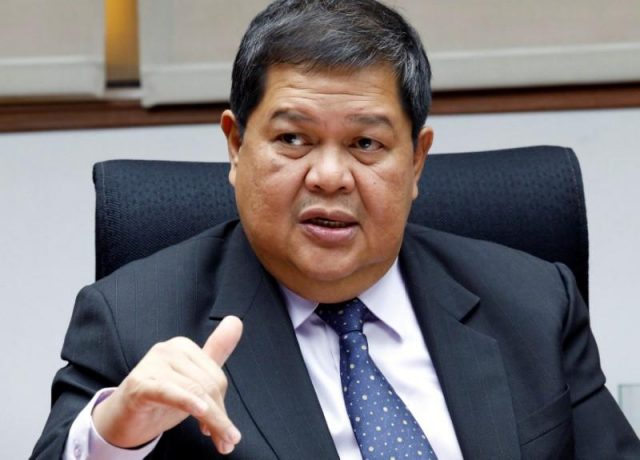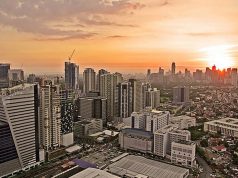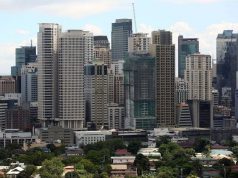MANILA — The Philippines is well protected against capital outflows but the central bank remains prepared to provide liquidity to the financial system if necessary, Bangko Sentral ng Pilipinas Governor Nestor Espenilla said on Thursday.
Espenilla also said the Philippines’ external position is underpinned by strong remittances, exports and outsourcing contracts.
A “comfortable” level of foreign reserves, which stood at $81.2 billion at end-January, provides another layer of defense against a decline or retreat in capital flows, he said.
His comments, emailed to Reuters on Thursday in response to questions, come at a time some economists suggest the Philippines could be a soft spot and vulnerable if higher U.S. interest rates spark capital outflows from Asia.
“As opposed to being the most vulnerable economy in the region, the Philippines is demonstrating continued resilience as it did in the last five years or so,” Espenilla said.
In 2017, the Philippines held its spot as one of the fastest-expanding economies in Asia, posting 6.7 percent growth on strong demand and higher spending on infrastructure.
What concerns some economists is that the Philippines has not been accumulating reserves since 2012 and President Rodrigo Duterte’s ambition to upgrade its outdated infrastructure has depleted its other main line of defense, the current account surplus.
Current account deficit
The Philippines is expected to have posted a full-year current account deficit of $100 million in 2017, the first since 2002, with the gap projected to widen to $700 million this year, based on central bank projections.
Espenilla said the current account deficit reflects the Philippines’ solid economic expansion, which has driven higher imports of capital goods, raw materials, and other commodity items.
“The economy has enough policy space to ward off potential adverse effects of external shocks,” Espenilla said. “The BSP can deploy measures similar to those adopted during the height of the global financial crisis when there was severe liquidity tightening globally.”
If capital flows into the Philippines reverse, the government and banking system have “limited exposure” because they mainly rely on domestic sources of funding, he added.
A Reuters poll on Wednesday showed the Philippine central bank is edging closer to its first interest rate hike in over three years, but is unlikely to pull the trigger at its meeting on Thursday.
The Philippine has enjoyed 76 quarters of uninterrupted growth and manageable inflation that have allowed the central bank to leave policy settings on hold since it hiked rates in September 2014.










